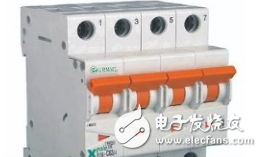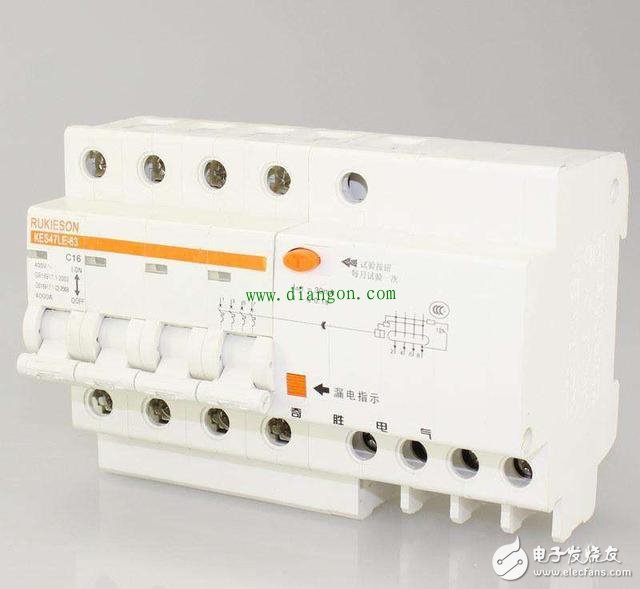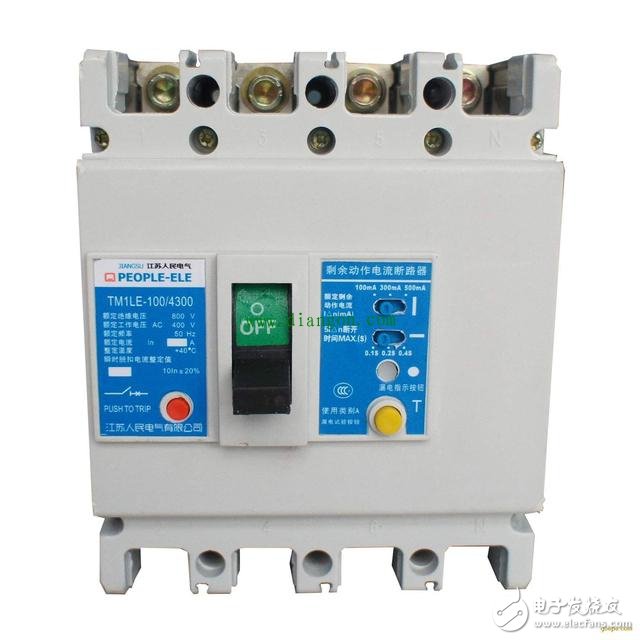Many people confuse leakage switches with air switches, not understanding the key differences between them. Although both are types of electrical switches, they serve different purposes and have distinct functions. Today, we’ll explore what they are, how they work, and why each is important in electrical systems.
Air Switch (Circuit Breaker):
An air switch, also known as a circuit breaker, is a low-voltage device typically rated for 1kV or less. It is designed to automatically cut off the power supply when there’s an overload, short circuit, or other abnormal conditions. Unlike a regular switch, it has built-in protection mechanisms that allow it to respond to various electrical faults. These protections include short-circuit protection, overcurrent protection, under-voltage protection, and sometimes even remote control features. The first two—short-circuit and overcurrent—are standard, while the others are optional. This makes the air switch essential for preventing damage to electrical circuits and appliances.

Air Switch
Leakage Switch (RCD - Residual Current Device):
A leakage switch, properly called a residual current device (RCD), is a specialized type of circuit breaker that provides additional safety by detecting ground faults. It works by monitoring the balance between the live and neutral currents in a circuit. If there’s a discrepancy—indicating a leakage of current to the ground—the RCD quickly disconnects the power to prevent electric shocks or fires. RCDs are especially useful in protecting people from direct contact with live wires, making them crucial in homes, kitchens, and bathrooms.

RCD
Two Important Parameters:
30mA: This is the typical tripping threshold for many RCDs. Human body sensitivity varies, but generally, currents above 30mA can be dangerous. For example, males may feel a shock at 1.1mA, while currents above 50mA can cause serious harm, and over 100mA can be fatal. That’s why RCDs are set to trip at lower levels to ensure safety.
0.1 seconds: This refers to the time it takes for the heart to complete a beat. During this brief moment, the heart is most vulnerable to electric current. Even a small amount of current passing through the chest during this period can cause cardiac issues. Therefore, RCDs must act quickly to minimize risk.

Three-phase Leakage
Different Detection Methods:
The main difference between an air switch and a leakage switch lies in how they detect faults. An air switch reacts to excessive current caused by overloads or short circuits, which can lead to overheating and potential fire hazards. On the other hand, a leakage switch detects imbalances in the current flow between the live and neutral wires, indicating a possible ground fault. When a leak is detected, the RCD cuts off the power almost instantly, reducing the risk of electric shock.
In summary, air switches protect the electrical system from overloads and short circuits, while leakage switches protect people from electric shocks. Both are essential components in modern electrical installations, and using them together ensures maximum safety and reliability in your home or business.
Telecommunication Tower
Our Telecommunication Tower are made from quality sheet through bending,
forming, automatic welding and hot galvanization. We can reach one-run
machining length of 14m and can bend sheet of thickness up to 45mm. We
adopt advanced welding procedures, automatically weld main joints and
reach rank-II welding quality.
We have supplied 2400ton 132kV and 220kV transmission line steel pole to WAPDA. Pakistan on 2008 and have supplied 1200ton 138kV transmission line steel pole to Davao light, Philippines on 2009.
Telecommunication Tower, Telecommunication Steel Tower, Telecom Steel Tower, Telecom Steel Mono Tower
JIANGSU XINJINLEI STEEL INDUSTRY CO.,LTD , https://www.steel-pole.com


